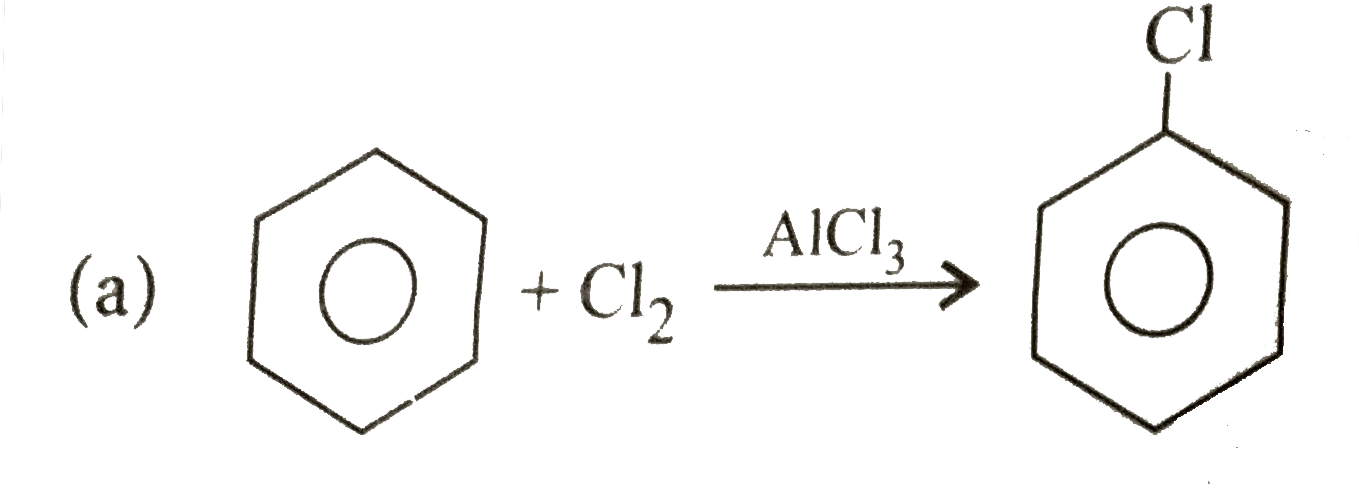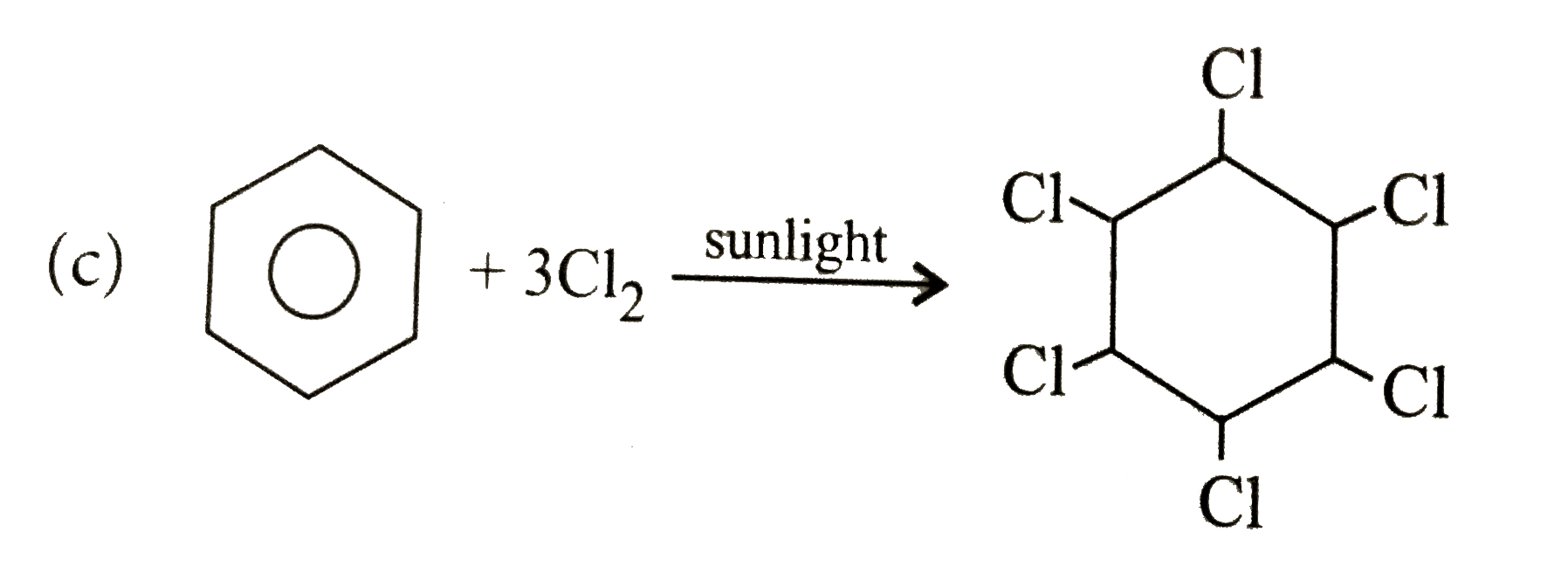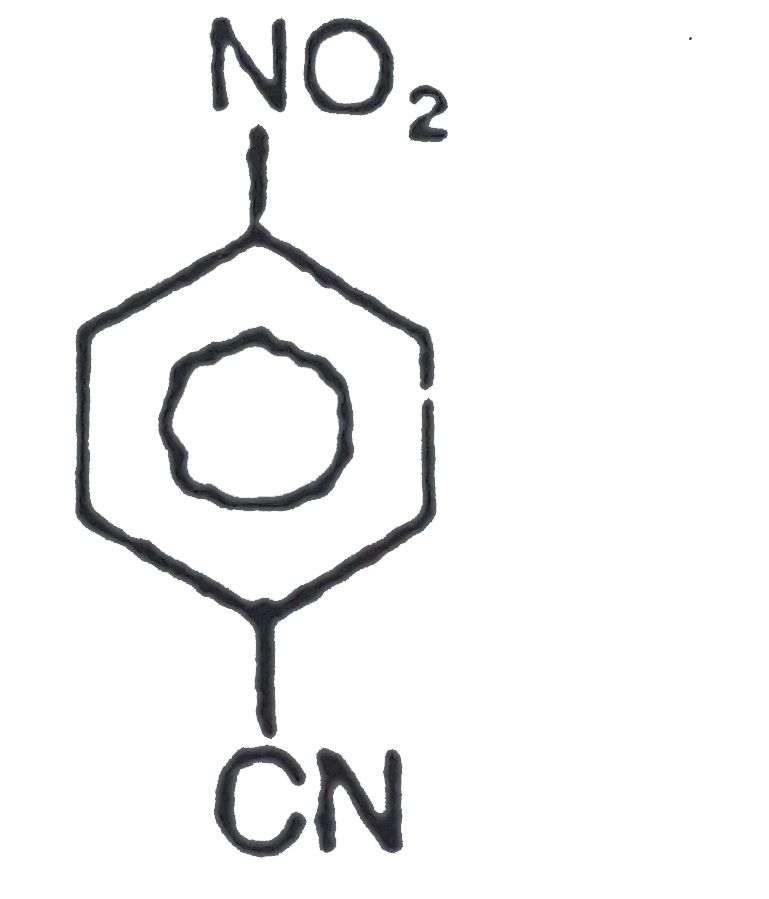Nitration is an example of aromatic electrophilic substitution and its rate depends upon the group already present in the benzene ring. Out of benzene and phenol, which one is more easily nitrated and why ?
Non-biodegradable detergents cannot degraded by bacteria easily.
Topper's Solved these Questions
Similar Questions
Knowledge Check
Out of phenol and benzene, which can be more easily nitrated ?
Apresence of −OH group in phenol increases the electron density at ortho and para-positionBpresence of −OH group in phenol decreases the electron density at ortho and para-positionCnitration being electrophilic sustitution requires less density at ortho and para-positionDphenol is more reactive than benzene due to -R effect .Which of the following reactions is not an example of electrophilic substitution in benzene ring?
A B
B C
C D
D
In which of the following compound electrophilic aromatic substitution take place in phenyl ring present in left hand side ?
A B
B C
C D
D
Out of benzene, m–dinitrobenzene and toluene which will undergo nitration most easily and why?
View SolutionThe most deactivating group for electrophilic substitution reaction in benzene ring is
View SolutionOf the following four groups are m− directing when present on a benzene ring. The one which is not meta-directing is:
View SolutionOut of -OH and −NO2 groups, which deactivates the benzene ring and why?
View SolutionThe general electrophilic substitution reaction (replacement of H. by an electrophilic which is an electron deficient species) in aromatic ring is represented as followed.

An electrophilic attacks on ortho and para positions which respect to a stronger +m group are present in benzene ring and the electrophilie attacks at meta position with respect to stronger -m group if two -m groups are present in benzene ring.
What will be the product when electrophile Br⊕ attacks on
View Solution
